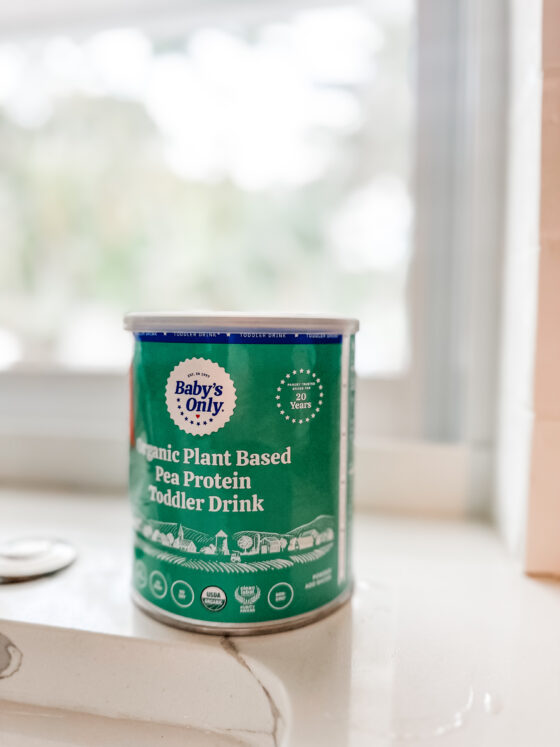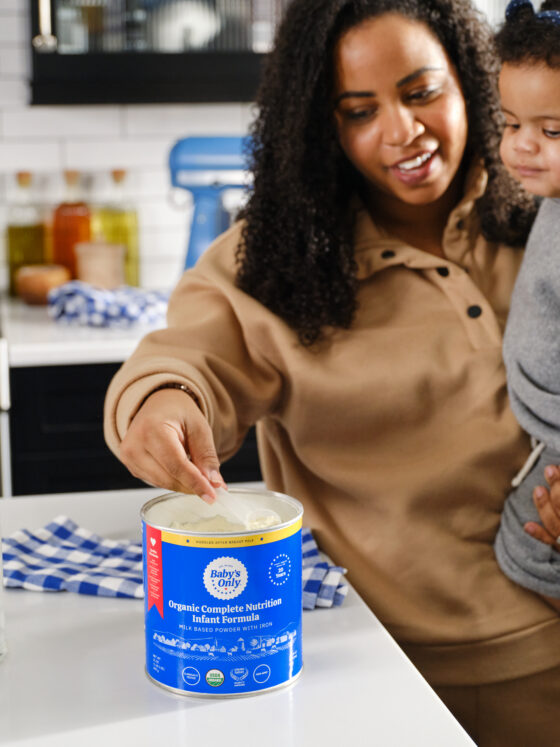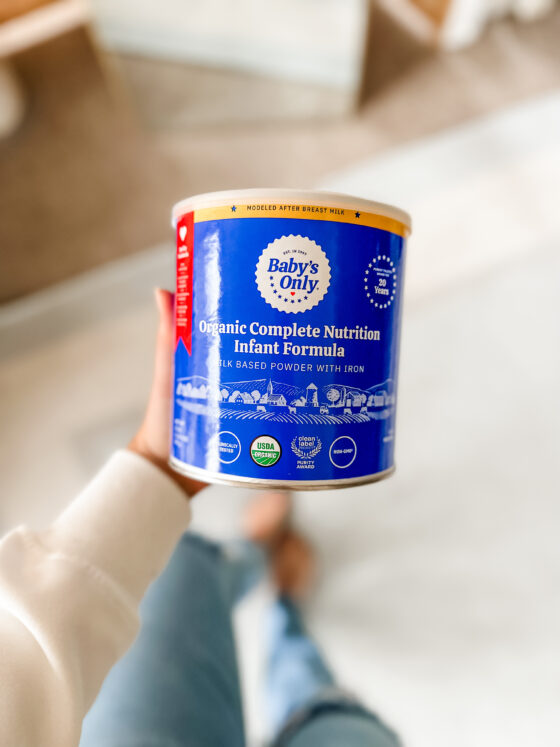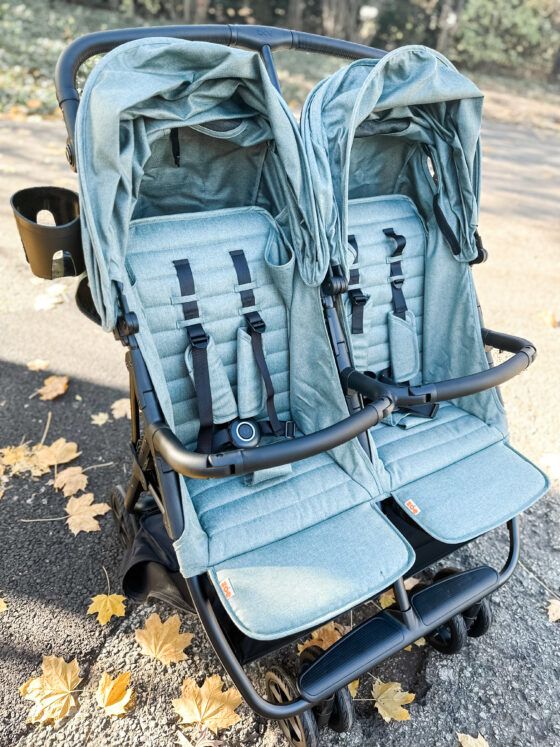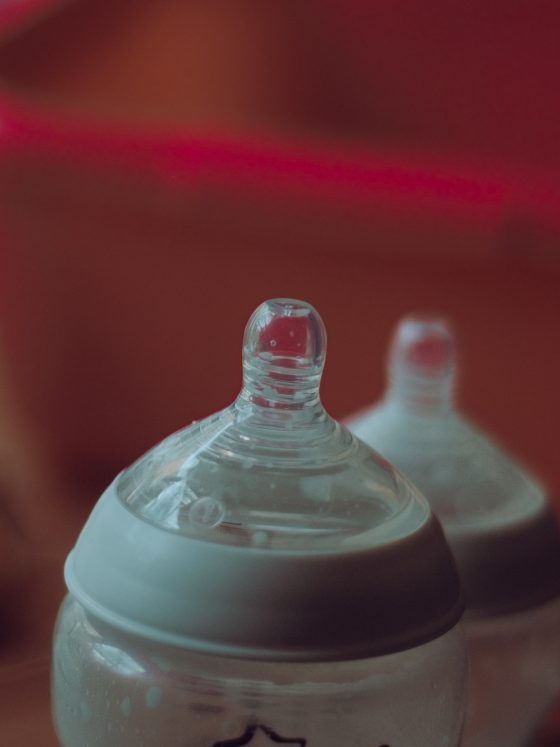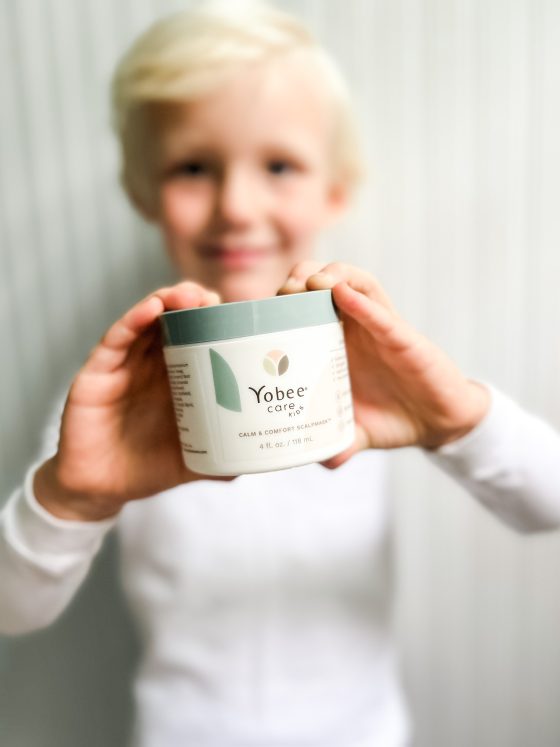How to know you have high lipase + 5 ways to battle it
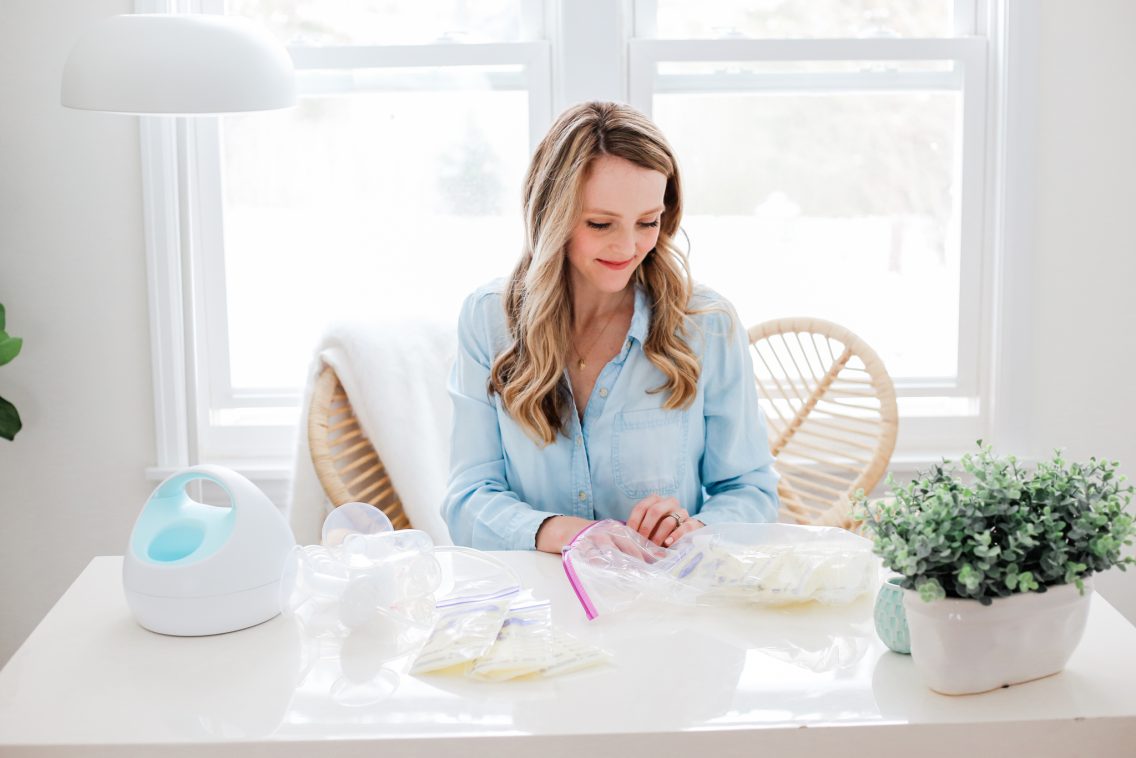
Does your breastmilk smell…OFF? Does your expressed or pumped milk smell soapy or metallic? Read on to know how you have high lipase in your breastmilk + how to battle it.
Does your breastmilk smell metallic, spoiled or soapy after a few days in the fridge or once the milk is thawed? YOU MAY HAVE HIGH LIPASE!
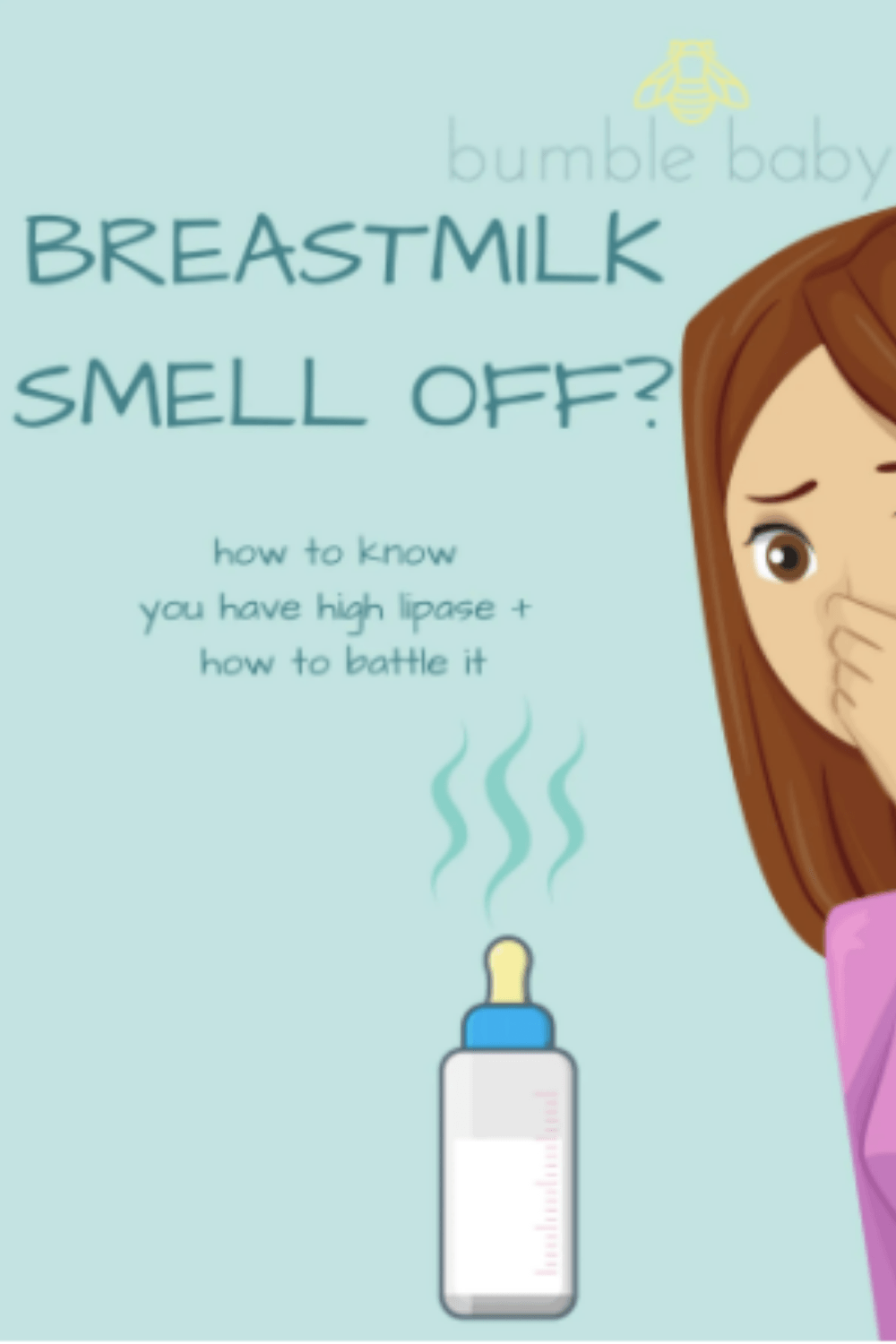
WHAT IS LIPASE?
Lipase is an enzyme that is naturally found in breastmilk. Lipase helps break down natural fats in breastmilk that help babies digest that fat.
When your body produces too much lipase, the enzyme starts to break down the fat content in your breastmilk too much and too quickly. This leads to funny smells and taste. Because of this, some babies refuse to drink high lipase milk.
HOW DO I KNOW IF MY MILK HAS HIGH LIPASE?
Fresh milk that contains high lipase milk that sits for about 24 hours in the fridge will smell and taste metallic or soapy. (YES! You can taste your own breastmilk and you should!)
The longer it sits, the more pungent the smell and taste. Thawed milk will also have a soapy or metallic smell and taste to it, sometimes more pungent than fresh.

HOW COME MY BABY WILL DRINK FRESHLY PUMPED MILK OR STRAIGHT FROM THE BREAST?
Lipase is not activated right away – it takes a few hours to a few days (generally around 24 hours) for the full effect.
The longer you wait, the more lipase will affect the smell and taste of your milk.
What does this mean? If you pump and feed right away, your baby may not notice the difference. If you’re feeding directly from the breast, the lipase will not be activated and will not affect how this milk tastes and smells.
IS IT DANGEROUS FOR MY BABY TO DRINK HIGH LIPASE MILK?
NO! The milk is still perfectly fine for them to drink! Many babies, however, will not drink the milk because of the smell and taste.
See tips below to help inactive and battle high lipase milk.
PROTIP: freeze and thaw a bag of milk EARLY in your storage process. This will allow you to test for high lipase. YOU DON’T want to get into a situation where you have a ton of milk stored that baby won’t take!
 HOW DO I PREVENT HIGH LIPASE MILK IF I HAVE HIGH LIPASE?
HOW DO I PREVENT HIGH LIPASE MILK IF I HAVE HIGH LIPASE?
There’s nothing you can do to prevent high lipase in your milk. It’s not something you are doing wrong! It’s mostly genetic and can vary from baby to baby.
If you do have high lipase, it’s important to inactivate the lipase IF your baby is sensitive to the smell and taste. Some babies aren’t affected! If you naturally have high lipase milk, you can’t prevent it from happening.
BUT there are steps you can take to deactivate the lipase and to make the high lipase milk taste more appealing to baby.
WHAT DO I DO IF I HAVE HIGH LIPASE?
SCALD THE MILK IMMEDIATELY
- Place milk in a clean pan on the stove. NOTE: DO NOT MICROWAVE BREASTMILK.
- Heat the milk ONLY until you see bubbling around the edges (180 degrees F). Use a food thermometer to test temperature. DO NOT BOIL as this can inactive the good immunities in breastmilk!
- Quickly cool the milk by placing directly into fridge or freezer.
IF YOU PUMP AT WORK:
You can use a bottle warmer to scald milk! Follow the same steps but using a bottle warmer.
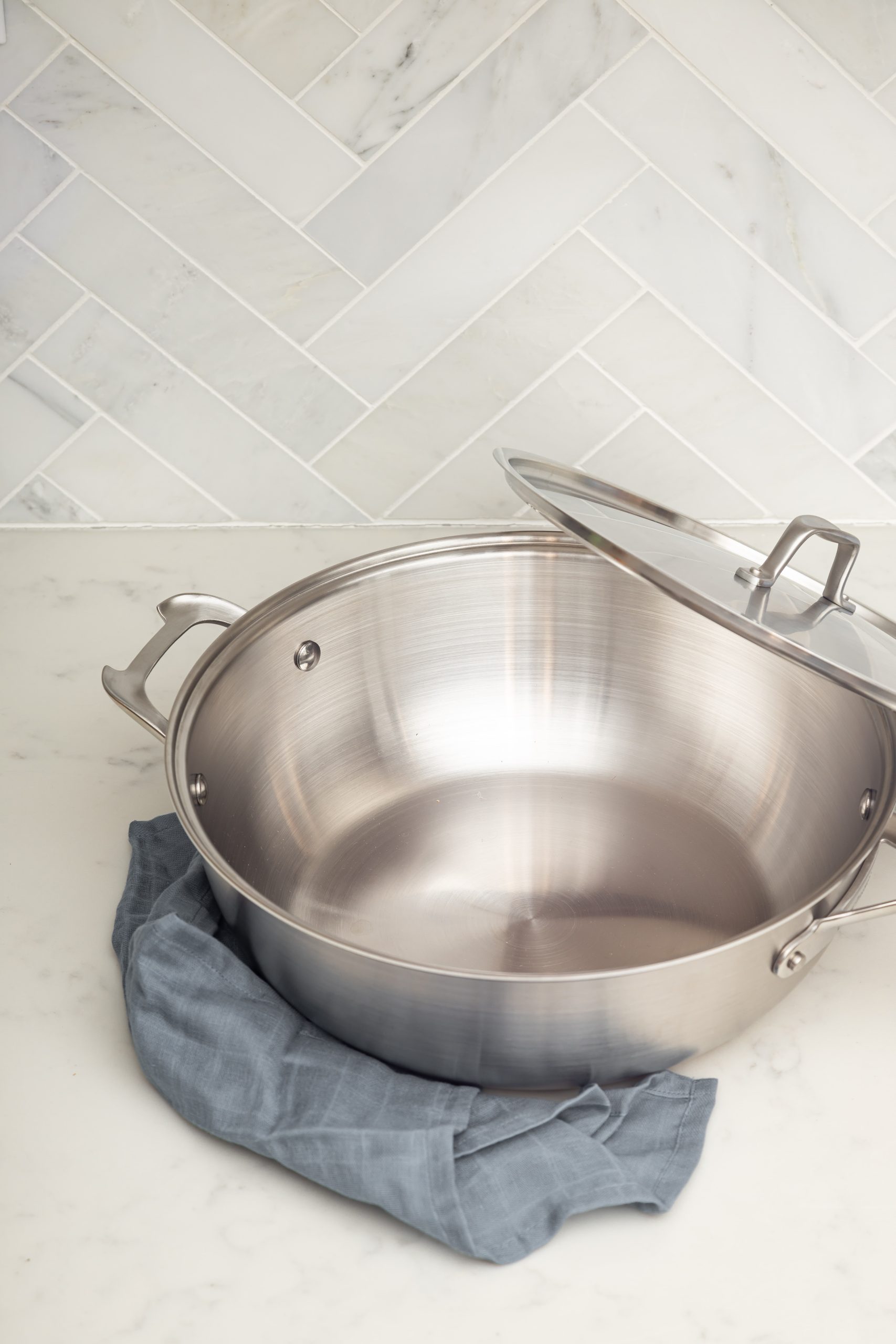
What if I accidentally boil my breastmilk?
It’s still good to use! If you’re worried, use for a milk bath instead.
Depending on the mom, sometimes you can wait up to 24 hours before noticing the smell and taste of high lipase. Do some experimenting with taste and odor testing within 24 hours of pumping the milk.
If the milk passes the smell and taste test within 24 hours and baby still accepts it, you can plan to use that milk within the time frame or to freeze within the time frame.
ADD VANILLA EXTRACT
Adding alcohol free vanilla extract can offset the taste and smell of high lipase milk and can help baby accept the milk more readily. Add 1-2 drops per bottle.
FREEZE RIGHT AWAY
**THIS IS NOT FOOLPROOF**
If you know you have high lipase, it’s worth scalding to inactivate the lipase, as freezing may not inactive it. Definitely test this theory before using it often.
 MIX 50/50 WITH FRESH MILK
MIX 50/50 WITH FRESH MILK
Diluting high lipase milk can help baby accept the milk more readily. Mixing 50/50 with fresh milk or even 25/75 with fresh milk can help offset the taste and odor so that baby will accept the milk. If you have a ton of high lipase milk stored, then this is a good option for you.
SERVE THE MILK CHILLED (Don’t warm!)
SOMETIMES serving chilled breastmilk with high lipase can offset the taste and smell. However, some babies won’t accept cold milk (high lipase or not) so test this theory out before depending on it!

SO I TRIED ALL THE TRICKS…AND MY BABY STILL WON’T TAKE MY MILK. WHAT CAN I DO
Don’t worry! Here some ideas:
- Mix in with purees, oatmeal or rice cereal. When baby is ready for solids, this will help mask the smell and taste and boost calories! If baby won’t accept your milk, adding to purees, smoothies, and solids such as rice cereal or oatmeal can help offset and mask the taste!
- Blend with smoothies. Use the high lipase milk as the base for a smoothie for your baby (when they are old enough to take solids).
- Breastmilk popsicles for teething! There’s a chance baby will accept it frozen! Making a breastmilk popsicle in this popsicle mold is a great way to help teething pain. Check out our teething tips blog post as well for more tips.
- Donate to a local breastmilk bank to help hospitalized patients in need. Most often these babies are tube-fed so won’t reject the taste!
***THERE IS ALWAYS THE POSSIBILITY THAT MILK WAS SPOILED***
If you have repeated baggies of milk that smells off, test your fresh milk to make sure it’s a lipase issue rather than a spoilage issue.
Breastmilk should taste slightly sweet and have almost no odor to it. Taste and smell test every few hours for 48 hours – if your milk starts to smell, then most likely it’s high lipase.
If not, may have just been a spoiled bag! Check out the CDC guidelines for breastmilk storage here.

Make sure to follow these breastmilk storage guidelines to ensure proper breastmilk storage:
- Only use sterile, breastmilk baggies (no standard zip locks!)
- Store away from meat and poultry
- DO NOT store in the door of the fridge as these temperatures fluctuate.
- Check out more guidelines for storage from the CDC here.
- Check out tips from Healthline here.
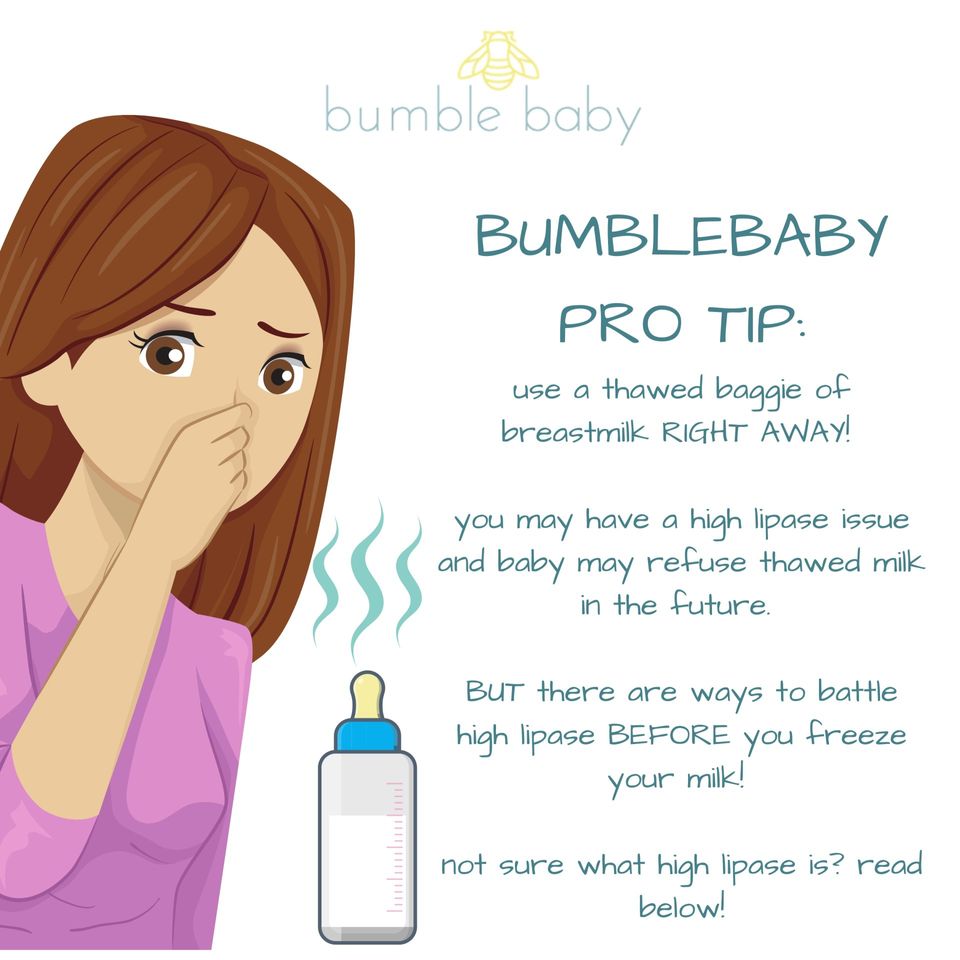
Have more questions?
Follow us on Instagram!
Schedule a text or video chat consult with Kate, Lauren or Natalie (NICU RNs) and they can help answer any questions that you have! We also offer bottle refusal consultations in addition to lactation consulting.
Other helpful blog posts:
- Common breastfeeding complications explained
- Why you should use a breastmilk catcher (haakaa)
- Correctly bottle feeding your baby
- Breast rest and how it saved my breastfeeding journey
- Collecting Colostrum while Pregnant
- How to store breastmilk
- Signs of an oversupply
- Transitioning from breastmilk or formula to milk
- All about nipple shields
- 10 common illnesses in babies and kids + remedies
- 5 common nipple issues
- 5 signs that it’s time to wean from breastfeeding/pumping
Check out our helpful e-guides and webinars:
- Managing oversupply
- Bottle refusal webinar
- Starting purées calendar
- Baby led weaning calendar
- How to wean to formula
- Weaning from lactation to whole milk/alternative guide
**This post is educational and not meant to take the place of your provider. Bumblebaby makes a small commission on some of the items listed above.



